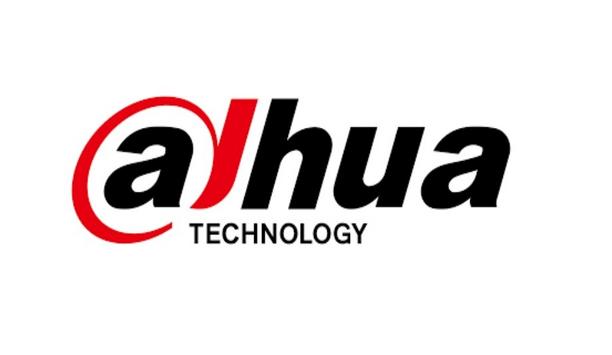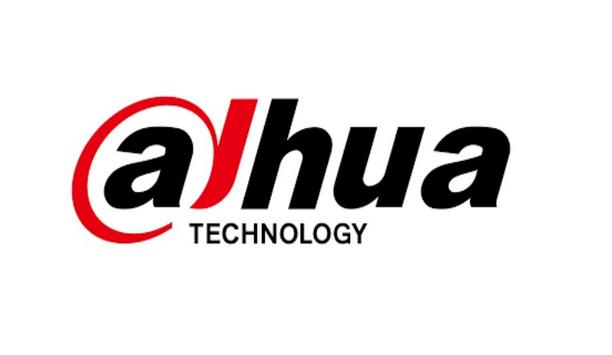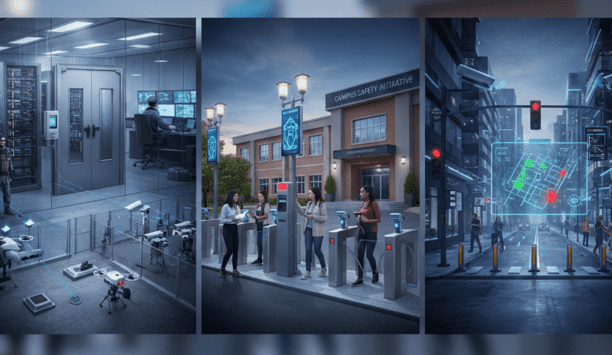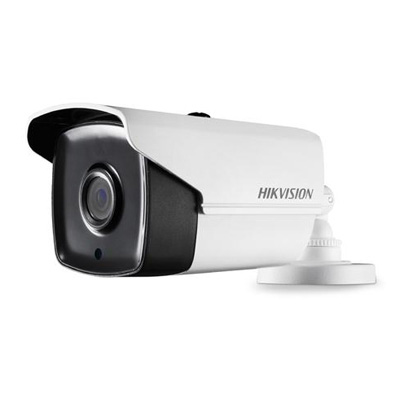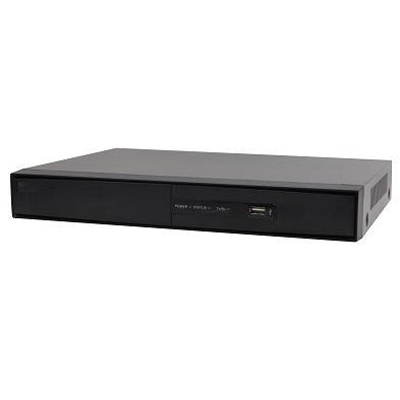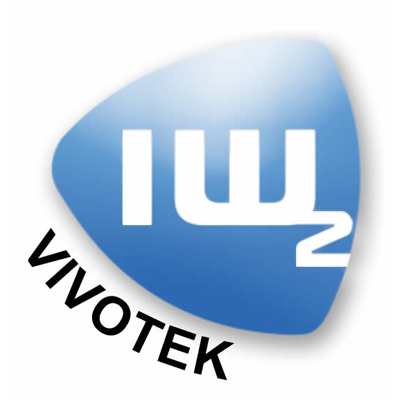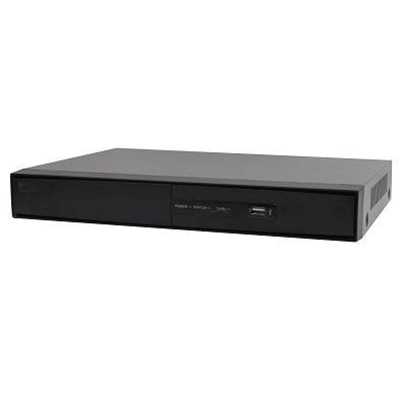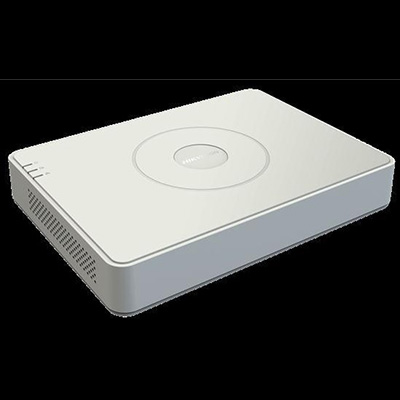Figures show one in ten employees will have their security username or password compromised by cybercriminals. For people operating access and security systems, preventing this kind of cyber breach is even more important. Tim Northwood, director of Inner Range, discusses how Two Factor Authentication (2FA) provides an extra layer of cyber security for customers.
Benefits of 2FA
Two Factor Authentication (2FA), which is offered by Inner Range’s intelligent integrated access and security management system, Integriti, ensures operators must present their usual username and password as well as an additional security credential. This includes extra security passwords or memorable information, biometrics such as thumb or fingerprints and facial scans, or a code received on a registered device, such as via an app on a mobile phone.
Using 2FA means customers can rest assured that any potential rogue users with stolen usernames and passwords will still be denied access.
Easy company-wide setup
If anyone forgets their device needed to generate 2FA codes, a system administrator can provide a single-use login token
The initial set-up for company-wide use of 2FA within Integriti can be completed within a few minutes by activating 2FA and adding it to a security policy that makes 2FA a requirement for system operators. Operators are then asked to enroll in 2FA at their next login. For this, they are prompted to scan a QR code using a compatible authenticator app on a mobile phone or another device and enter the 6-digit code provided.
Enrolled operators need to enter the code provided by the authenticator each time they log in. The codes time out after 30 seconds to ensure maximum security. If anyone forgets their phone or device needed to generate 2FA codes, a system administrator can provide a single-use login token.
Robust cyber strategy
Inner Range is proud of its 30+ years with not a single reported cyber breach. In 2020, it announced a new coordinated cyber strategy to ensure the most robust security for customers. This included forming a cross-functional cyber security governance committee that brings together senior representatives from research and development, production, technical support, and IT as well as the executive leadership team.
They manage and update cyber security policies and procedures affecting all Inner Range activities consistently and holistically. It also ensures all networked products undergo penetration testing by independent accredited laboratories to assess security and probe for vulnerabilities.
Cyber threat assessment and installation
Inner Range offers cyber hardening installation guidelines to integrators and end-users
Cyber threat assessment is included at every stage of Inner Range’s product development process. Aside from penetration testing, strict access control permissions are allocated to source code to ensure only relevant staff have access to code repositories. Inner Range only deploys hardened cyber security technologies.
For example, cloud services Multipath and SkyCommand are hosted in an industry-pioneering cloud hosting environment that offers redundancy and load-balancing across multiple locations and comes with certifications from ISO/IEC, CSA, ITAR, CJIS, HPIAA, and IRS 1075.
Finally, it offers cyber hardening installation guidelines to integrators and end-users to ensure systems are installed and managed securely. The guides include recommendations around security, network access control, firewalls, identity management, and vulnerability management.
Learn why leading casinos are upgrading to smarter, faster, and more compliant systems




